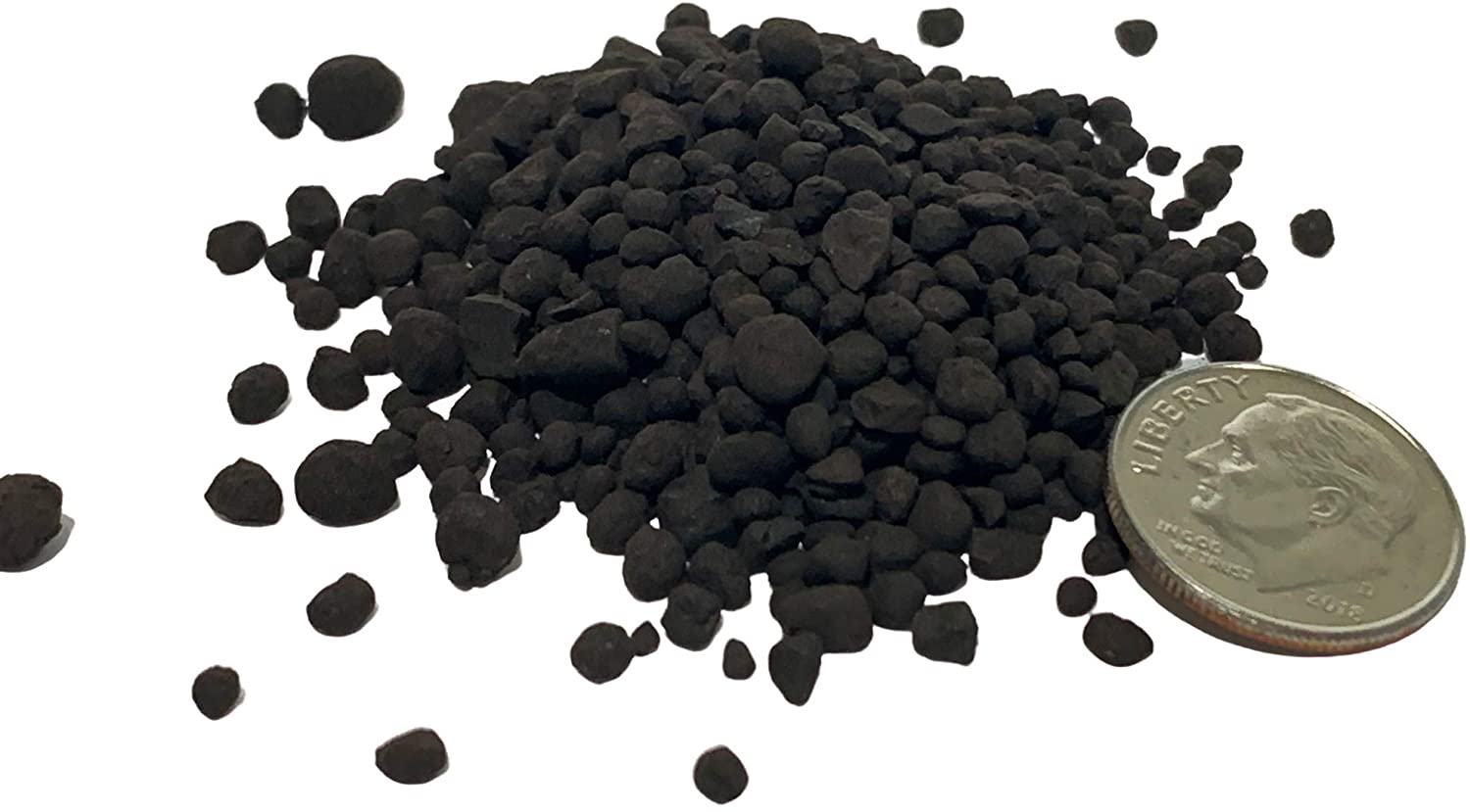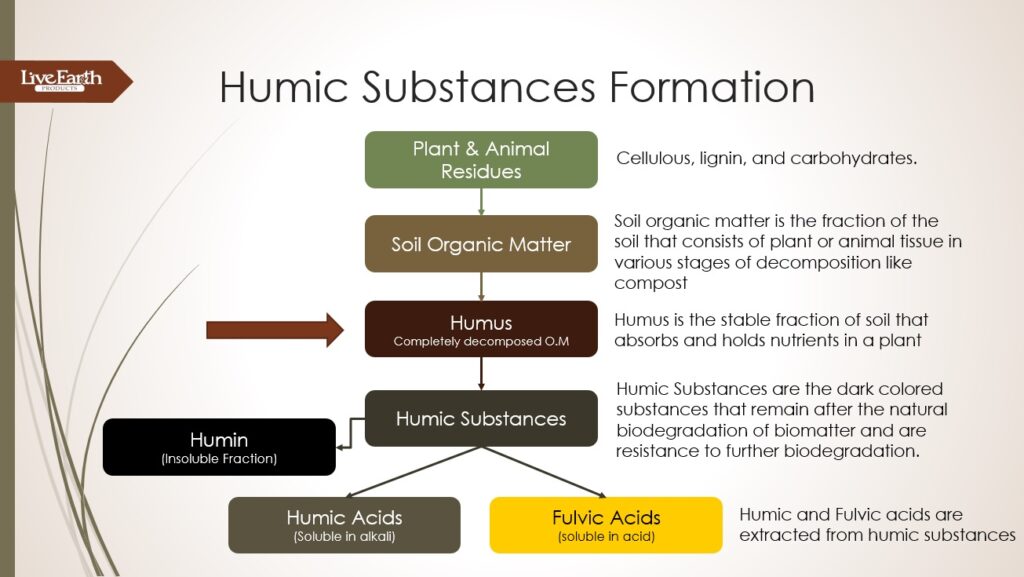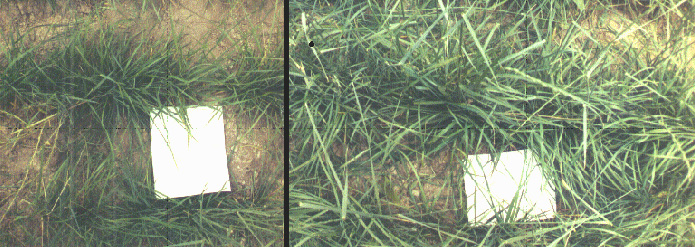
Using Humates to Improve Soil Health
September 3, 2020 8:32 pmBy Russell D. Taylor, MBA CCA
Soil organic matter (SOM) plays a central role in the physical, chemical, and biological components of soil health. While SOM is the nexus of all things that could impact soil health and ultimately yield, it is often the last consideration for most farmers.
Why do we need to amend our soil organic matter? The Sustainable Agriculture Research & Education (SARE) program provides guidance on how soils can degrade and become less healthy and not as productive. After tillage the first thing that begins the downward spiral of soil health is the loss of the soil organic matter. Without a focus on soil health and organic matter, soils will continue a downward spiral of degradation. Decreasing soil health results in several adverse outcomes like less water storage, less diverse soil microorganisms, and fewer nutrients available to crops.

Soil organic matter is generally classified into two groups based on how they are degraded by microbial degradation, active fraction, and the passive fraction. The active fraction is those recent plant and animal residues that are quickly degraded by soil microbes. Typically 60-80 % of compost or manure is degraded by soil microbes in the first year after application to a field. In contrast, the passive fraction is those remaining plant residues that have been fully reduced by microbes, which are humified and converted into longer lasing carbon structures like humic substances. Some humic substances can remain in the soil for decades or longer. Simply put, humic substances are recalcitrant carbon that is no longer a primary food for microbes, but has other benefits as a component of soil organic matter. Humic substances are stable soil-improving carbon molecules, adding them to your fertility program can help you decrease the time it takes to build organic matter on a farm.
Digging a little deeper into SOM, a small percentage of organic matter is actually a lot of material. The USDA indicates that in the top 6 inches of soil in an acre, one percent of organic matter weighs about 20,000 pounds. If you are applying a non-stable organic matter source, like a crop residue or compost, then it would take over 200,000 lbs. per acre to create a 1% change in soil organic matter. This reduction of biomass is due to the microbial decomposition of those soil inputs. By changing cultural practices, like reducing tillage, using cover crops, and adding humic substances to your farm program, you can achieve a 1% increase in soil organic matter in as little as 3-5 years.

How do humates contribute to SOM? Humates are fully degraded plant and microbial remains that contain stable carbon groupings like humin, humic acid, and fulvic acid. Eventually, composts and manures applied to the soil will degrade and transition to humic substances like humic and fulvic acids. Adding humates is a quick way to foster a lasting change in soil health. Keeping in mind that humates are used both as a soil amendment and a nutritive aid, the lower rates of humic acid in gallons per acre can impact yield, but generally will make no measurable change in total SOM. Humates need to be added at higher rate per acre to change SOM in a meaningful way.
Humic product can help you:
• Improve soil structure
• Promotes soil microbial diversity
• Improves water holding capacity in soils
• Decrease water evaporation from the soil
• Improves nutrient exchange and uptake
• Improve P availability to stimulate root growth
In addition to improving organic matter formation, Humic substances can help to release tightly bound clay particle that allows air and water movement that can increase soil microbial activity, water holding capacity, and nutrient exchange.
In a trial we conducted in Arizona, over a ten year period, we observed a 75% increase in water holding capacity and soil organic matter increase from 0.25% to almost 3.5%. The change in SOM help to retain moisture, reducing irrigation loss, and contributed to a reduction in water use by 46%. Since the grower used less water, they also applied less nitrogen because it wasn’t washed away by excess water. By saving on the cost of water and nitrogen, we reduced input costs by 75%.

Live Earth Humate Soil Conditioner is a granulated dry humic product. It can be added by itself or blended with other dry fertilizer. It’s one of the most cost-effective products to apply at high rates to improve soil organic matter. In addition to micronutrients, Live Earth humates can help enhance calcium and phosphorus uptake.
Humates can help you fast forward organic matter formation. USDA literature indicates that a one percent increase in organic matter increases your water holding capacity by 27,000 gallons per acre. Changing your soil organic matter will lead to reduced nutrient leaching, improved plant growth, which further enhances organic matte deposition, and ultimately, higher yields. While humates are a small part of the whole plan to changing soil organic matter, they remain a powerful tool to address tough soil challenges and improve soil health.